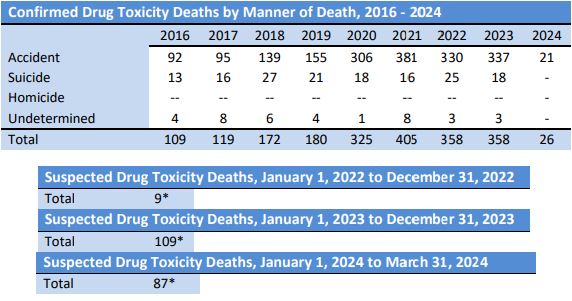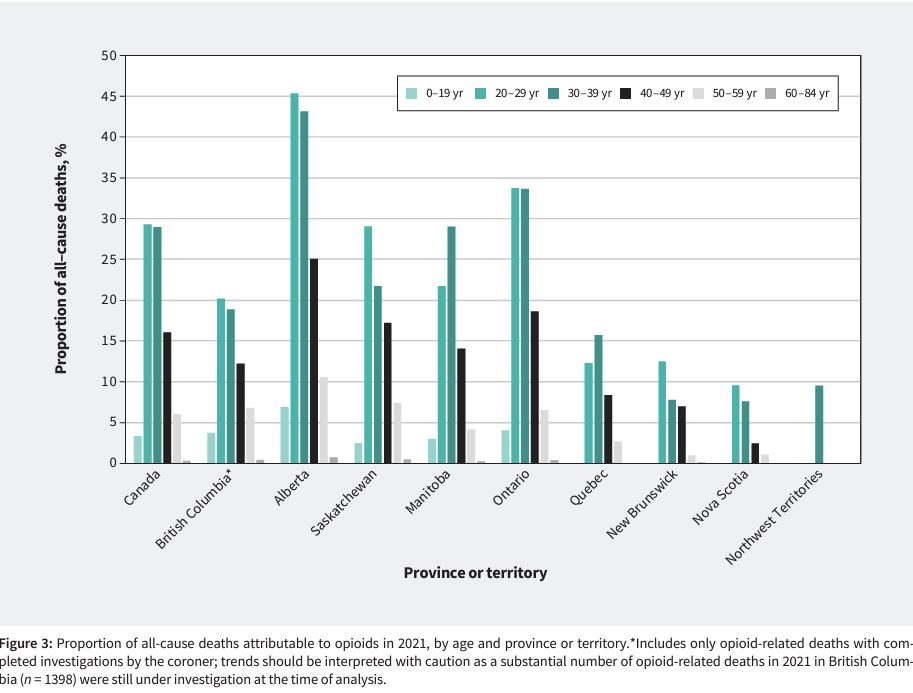
New report shows astronomical increase of Sask. opioid deaths in first year of COVID pandemic
A new report shows that a crisis affecting thousands of Saskatchewan people got incredibly worse during the peak of the COVID-19 pandemic.
The Canadian Medical Association Journal (CMAJ) published a study last week showing the number of opioid-related deaths nationwide from 2019-2021.
In that period, the number of opioid-related deaths increased from 3,007 to 6,222 and years of life lost rose from 126,115 to 256,336.
For Saskatchewan, the numbers went from roughly 109 opioid-related deaths in 2019 to over 320 just two years later.




